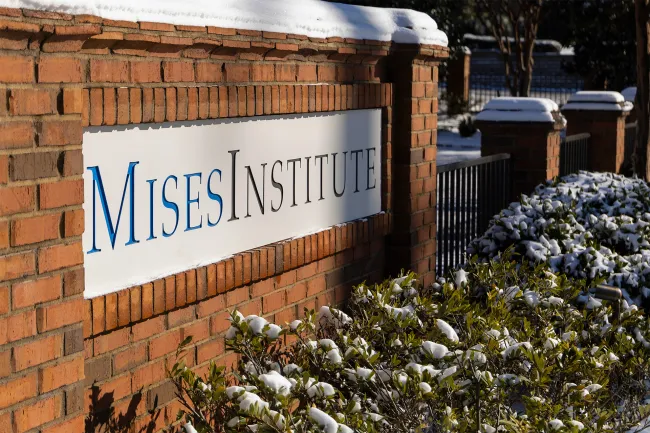Does China Have Enough Gold to Move Toward Hard Currency?
Decades ago, the Chinese state began to accumulate gold merely as part of a makeshift backup plan. But it may have ended up with enough gold to make a real move away from fiat currency, which would be a disaster for its Western competitors.









